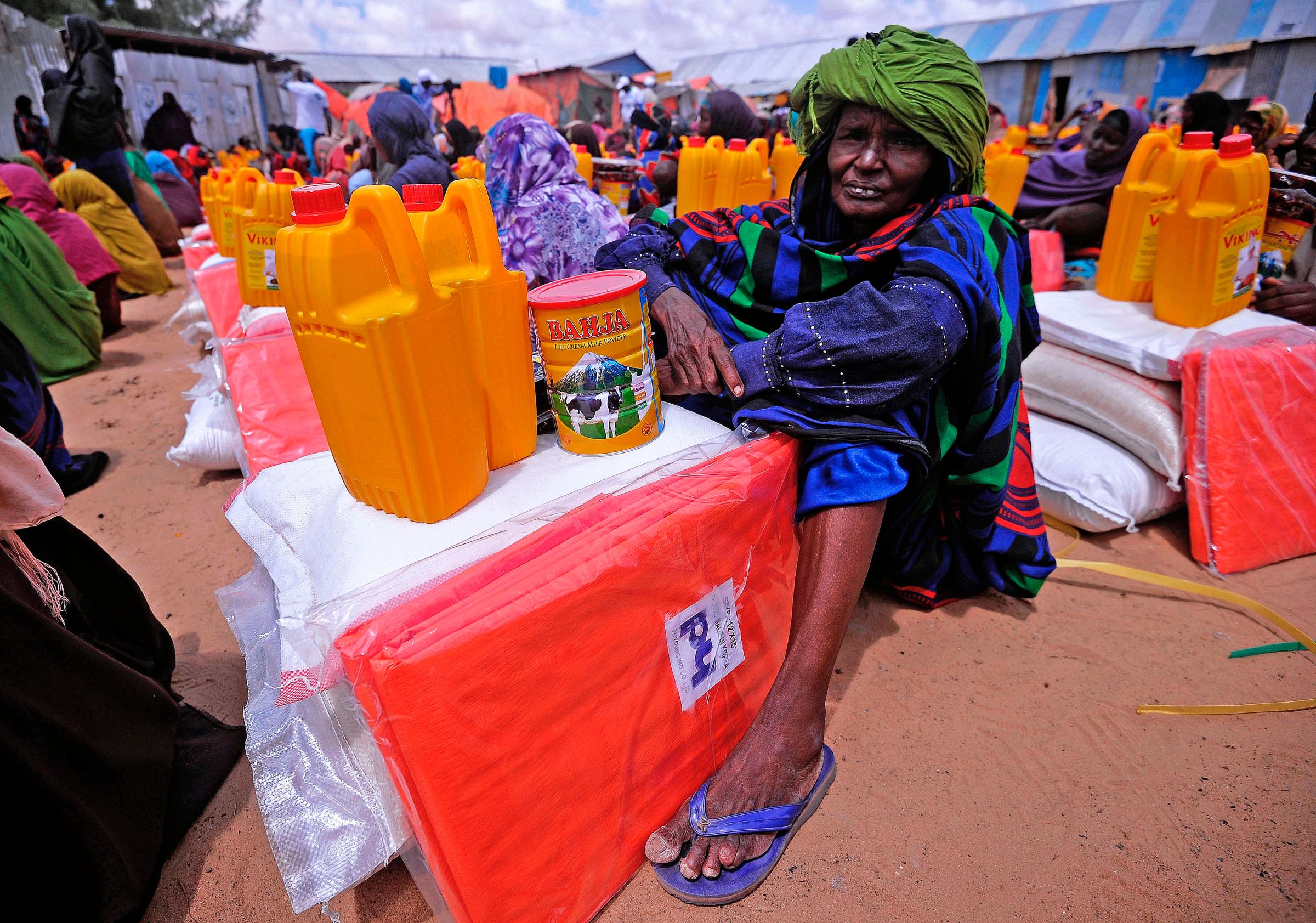Climate change, already a growing driver of migration, forcing families to flee water scarcity, crop failure and rising sea levels, may cause as many as 143 million people to be displaced by 2050, the World Bank has concluded in a new report.
This scenario covers just three regions — Sub-Saharan Africa, South Asia, and Latin America — that are major climate “hot spots” and account for 55% of the developing world’s population.
The report, Groundswell: Preparing for Internal Climate Migration, examines the impacts of internal, or in-country migration as people increasingly look for more viable places to live in the face of slow onset climate change impacts.
The shift will likely involve the poorest people from the poorest countries moving in large numbers from rural regions to increasingly overburdened urban areas. Without prior planning, such dramatic swells of migration could lead to major disruption and instability, the report says.
The World Bank urged cities to prepare infrastructure, social services and employment opportunities ahead of the predicted influx, warning that “adaptation in place” strategies to make rural areas more resilient have limitations.
The report, the first to look at such possible population distributions within countries, estimates up to 86 million people could be displaced in Sub-Saharan Africa, 40 million in South Asia, and as many as 17 million in Latin America. While these numbers reflect outcomes if current trends are sustained, all the World Bank’s models, even those taking into account optimistic “climate-friendly” intervention, show climate change will increase displacements.
“Internal climate migrants are rapidly becoming the human face of climate change,” the report says.
This migration is expected to intensify over the next few decades before further accelerating beyond 2050.

In a best-case scenario, the study estimates that if urgent steps are taken to reduce greenhouse gas emissions and authorities engage in climate change preparations, the number of people displaced could drop from 143 million to 40 million.
“We have a small window now, before the effects of climate change deepen, to prepare the ground for this new reality,” Kristalina Georgieva, World Bank’s Chief Executive Officer, wrote in a statement. “Steps cities take to cope with the upward trend of arrivals from rural areas and to improve opportunities for education, training and jobs will pay long-term dividends.”
More Must-Reads From TIME
- The 100 Most Influential People of 2024
- The Revolution of Yulia Navalnaya
- 6 Compliments That Land Every Time
- What's the Deal With the Bitcoin Halving?
- If You're Dating Right Now , You're Brave: Column
- The AI That Could Heal a Divided Internet
- Fallout Is a Brilliant Model for the Future of Video Game Adaptations
- Want Weekly Recs on What to Watch, Read, and More? Sign Up for Worth Your Time
Write to Laignee Barron at Laignee.Barron@time.com